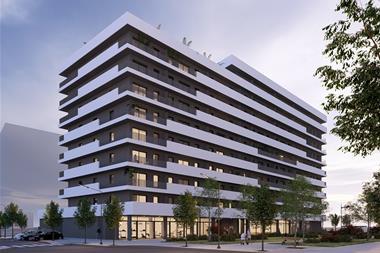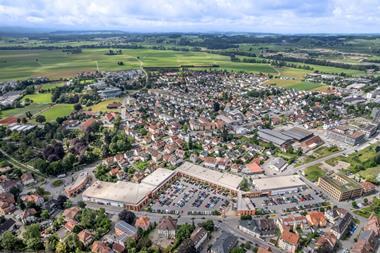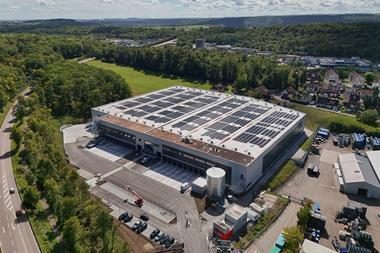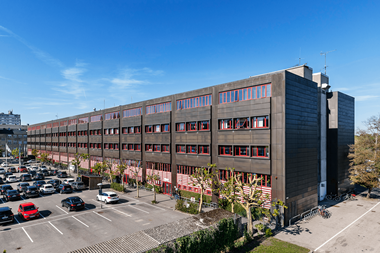UK – The main barriers to institutional investment are low yields and lack of suitable stock, but both can be overcome through development, according to Legal & General Property’s research director.
Robin Martin told the IPD/SPR Real World conference in Cambridge that build-to-let strategies could eventually increase yields from 3.5% to 5% and help resolve the “paucity of quality stock” in the market today.
Martin said management intensity and reputational risk – two often-cited impediments – had been “rather overestimated”.
“We have 1,500 tenants in our industrial fund – the industry is capable of dealing with management intensity,” he said.
Legal & General Property is seeking to increase its exposure to the UK residential market over the long term, through both PRS and social housing, and Martin predicted that both sub-sectors would come to form 10% of the UK IPD index in 10 years, up from 2% today.
Most of the audience’s questions focused on the low yields associated with PRS.
“I agree, three-and-a-half doesn’t work – it needs to be at least five,” Martin said in response. “And that’s the kind of level that is sustainable for the long-term investors in the sector.
“We are going to have to take residential through the lifecycle, and we are going to have to knuckle down and be willing to take on some development risk.”
Paul Kennedy, head of real estate strategy at the Abu Dhabi Investment Authority (ADIA), questioned whether turning to development was essentially increasing “exposure to private equity to subsidise an exposure to an overpriced sector”.
He added: “Shouldn’t the development phase work on its own and the stabilised phase work on its own?”
Martin said Legal & General Property had access to institutional capital that would be comfortable investing with a 10-year time horizon to build exposure to PRS, where the development stage would play “a relatively transitory part of their overall journey”.
“If we’re going to be allocating to residential, it’s not going to be what exists currently today,” he said. “When we are thinking about this, we are looking much more to the US, particularly in terms of how multi-family works.
“A failure to allocate to residential is remiss, ultimately, in the long term.”
Mark Weedon, head of UK alternative real estate at IPD, pointed out that a 3.5% yield was most common with the prime London section of the market.
“It is perfectly common within our database of existing use types of not new build-to-rent, which is delivering net yields of 4-4.5% in London and South East,” he said. “Not central London, but inner and outer London.”

















